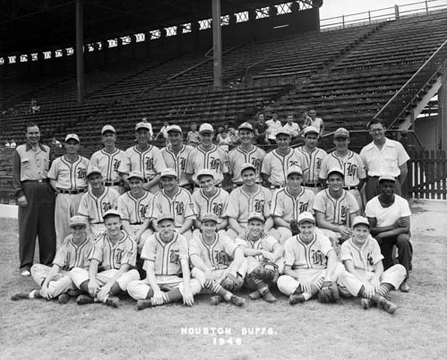In the immediate years after World War II, the trajectory of America’s pastime looked unstoppable.
By 1949, Minor League Baseball had swelled to 59 leagues, 448 teams, and some 10,000 players - the largest network in its history. But within a decade, the advent of television, suburban migration, and shifting leisure habits began to drain fans and revenue. Hundreds of teams folded, and by 1963, the entire minor-league system was on the brink of collapse.
We explore that turbulent era - the golden age of small-town clubs and ballparks, the struggles of owners and players to stay afloat, and the rescue plan that reshaped the minors for the rest of the twentieth century - with SABR baseball researcher George Pawlush, whose current books "When Minor League Baseball Almost Went Bust: 1946–1963" (a SABR-driven collection of essays); and "Dawn and Dusk of the Colonial League," which chronicles a short-lived Class B circuit from 1947 to 1950, both illuminate this fascinating period.
Pawlush describes stories of teams traveling on dangerously aging buses, cash-strapped franchises uprooting for survival, and the rise of players both transformative (like Jackie Robinson, whose minor-league stints with the Montreal Royals in 1946 helped pave the way for MLB integration) - and forgotten (like Ron Necciai, whose early 1952 strikeout feats dazzled fans and earned a call-up to the Pittsburgh Pirates later that summer) before injuries ended their careers.
We'll dig into how the minors were both a proving ground for future stars and a fragile ecosystem vulnerable to social and economic change: What caused the rapid collapse of so many leagues in the 1950s? How did the Colonial League embody both the promise and fragility of postwar baseball? And how did the 1963 Player Development Plan finally stabilize the farm system?
